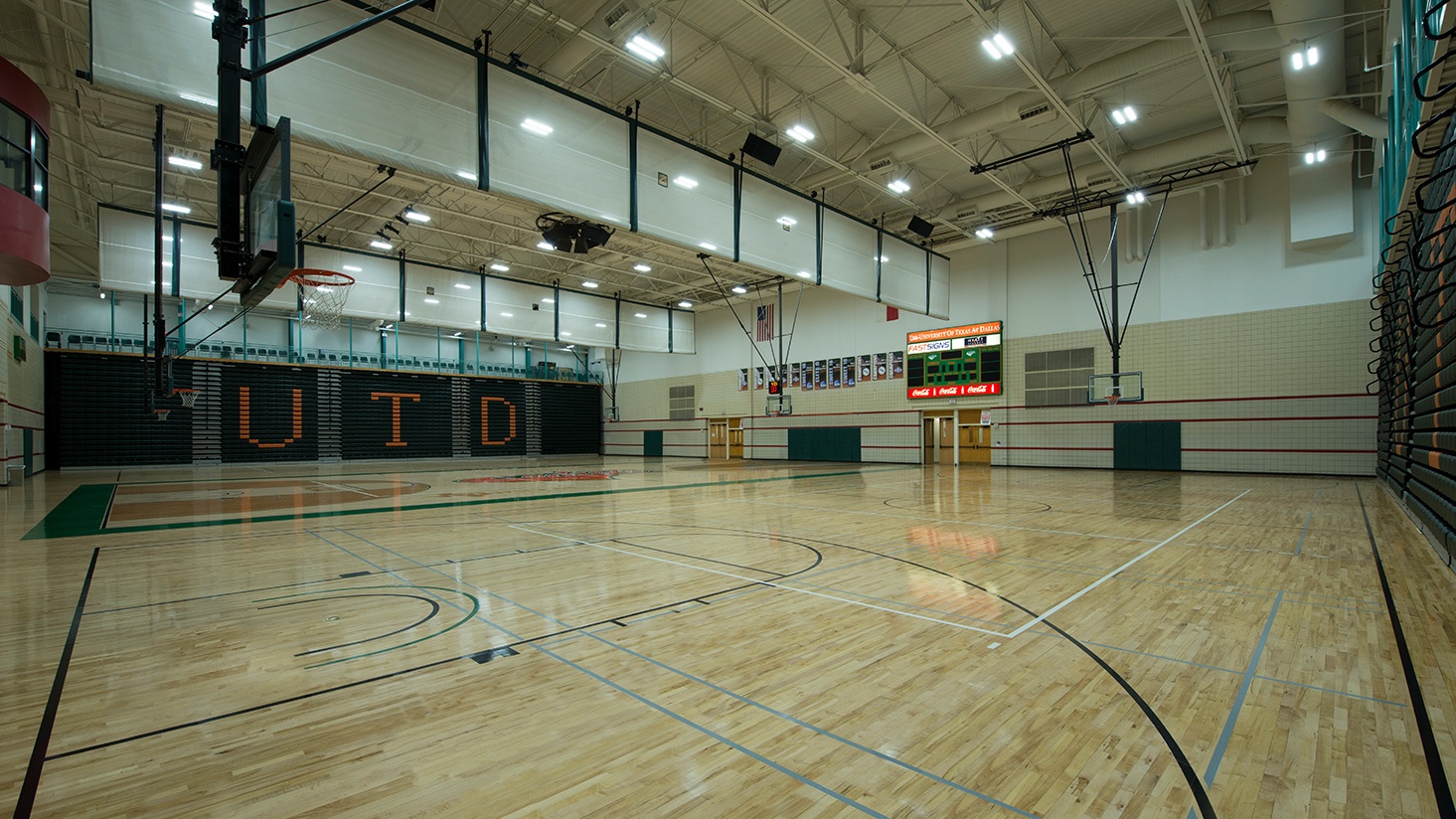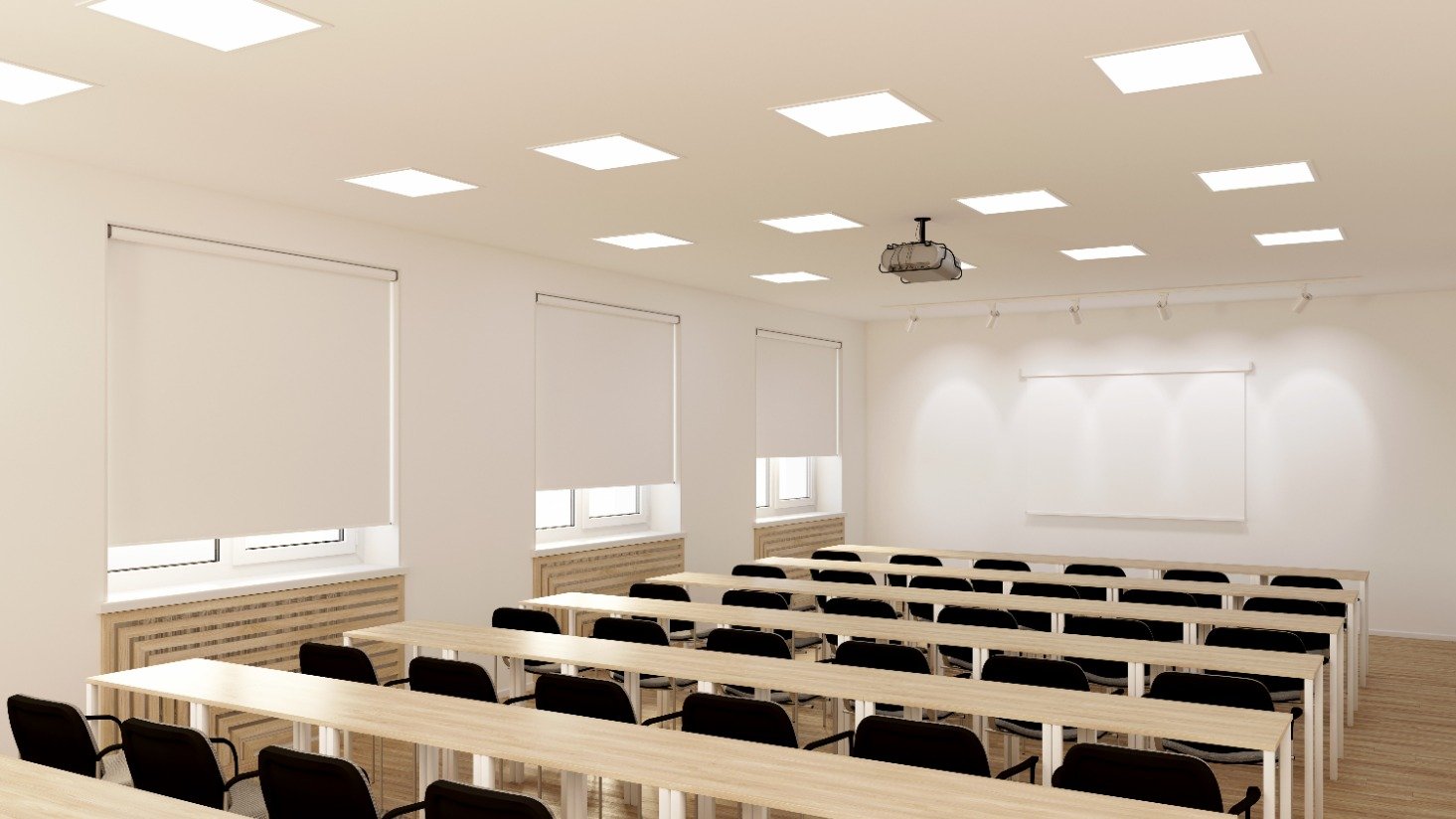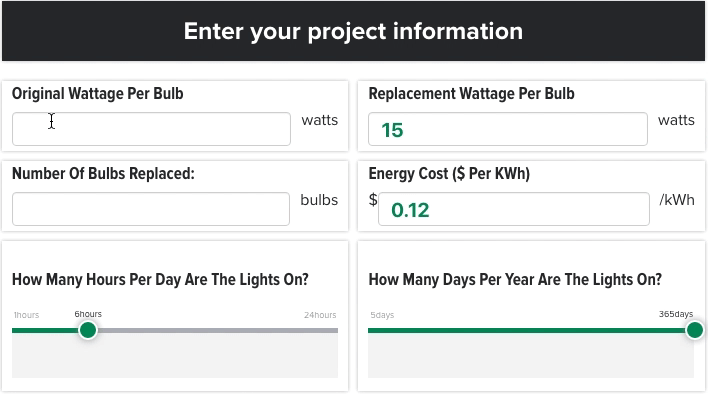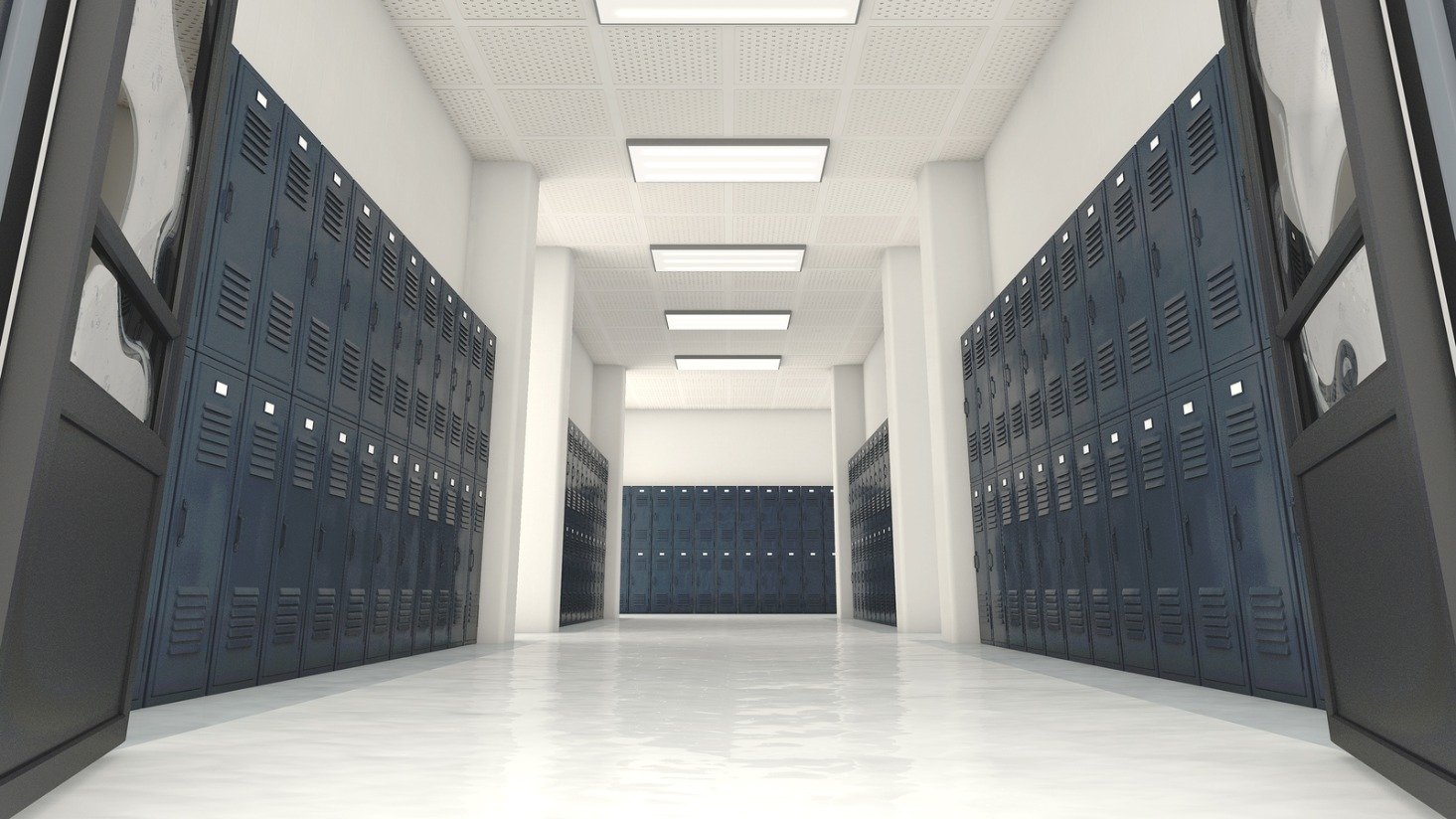Lighting retrofits for schools and universities

A lighting retrofit for a school or university is no small undertaking. Students spend most of their day inside a classroom, so quality lighting is key.
But lighting costs can also be expensive. The National Energy Education Development Project found that on average, 17 percent of the electricity used in schools is to operate lights.
If you could reduce energy costs with a lighting retrofit, it could make a big difference for your budget.
We're outlining four points for you to consider before you start a complete upgrade to LED.
1. Consider your guidelines
What's your ultimate goal for a lighting retrofit? Think about your answer to some of these questions:
Are you looking to save on energy costs?
Do you want to improve the classroom environment?
Are you trying to achieve a certain LEED certification?
What's your budget?
Is this for one school or an entire district?
Answering the questions above will help you decide how you should approach your lighting retrofit. While there are always ways to reduce costs, the up-front investment is a big commitment.
The good news is you don't have to switch all of your lighting to LEDs to see benefits. Keep following the next three steps to get the most out of your retrofit.
If you're ready to shop for LED products, check out our online store.
Take advantage of business pricing by signing up for an account.
2. Focus on high-burn areas
Your lighting retrofit will likely pay for itself quickly if you focus on high-burn areas first. Or, if you don't have the budget for a full upgrade to LED, high-burn areas are a great place to start.
Consider these areas in schools or universities:
- Cafeteria or common areas – From early morning breakfast on, cafeterias and common spaces can be bustling with activity throughout the entire day. Plus, it's often difficult to turn lights on and off in these areas until the last student leaves.
- Gymnasiums or activity centers – If you're using HIDs in your gymnasium, you're probably facing challenges like a long warm-up time or color depreciation. An LED retrofit can solve some of these problems.
- Exterior lighting – Safety is a top priority, especially on university campuses where students are walking around at all hours. Lighting along sidewalks and outside of buildings need to be well-maintained.
Use the energy calculator below to find out how much a retrofit could save you.
3. Consider lighting controls
If you want to increase your energy savings even more, consider adding lighting controls to schools. This could be very beneficial in schools because students do not stay in the classroom all the time. Or think about a university where meeting rooms are not always occupied. Lighting an empty room is a waste of energy.
Today, you have a variety of lighting control options from simple sensor controls to full control panels.
You could also think of using lighting controls outside of the classroom. We completed a lighting retrofit for The University of Texas at Dallas Activity Center.

The school had lights on at all of times of the day and no way to control them. Installing new LED fixtures gave the facility manager the power to change the look of the lighting for certain events. You can read more about the success of the retrofit here.
4. Check for rebates
Rebates are a great way to save money on your lighting retrofit, but they may require some work.
We recently worked with a school who spent $140,000 upgrading to LED, and received a rebate of $130,000. That reduced their cost to only $10,000, not to mention the energy savings.
Rebates can also vary greatly depending on where your school or university is located. The best place to start is with your local utility, but we are happy to help. If you have any questions or want help finding a rebate that works for you, click here.
We wrote an article explaining the most common questions we get about rebates. Click here to read.
Benefits from school lighting retrofits
A lighting retrofit in schools and universities results in more than just energy savings.
The Office of Energy Efficiency and Renewable Energy studied three elementary school classrooms that tested tunable LED lights.
Every classroom used the lights differently, but the end result was the same. The teachers said having the ability to change the classroom lighting captured children's attention better than anything else they tried.
You can read more about the study here.
The energy savings helped make the retrofit worth it. The LED system is expected to save 46 percent in energy costs over the original fluorescent system.
Are you interested in the same results? Contact us for a free lighting consultation.








.jpg)
-jpg.jpeg)


